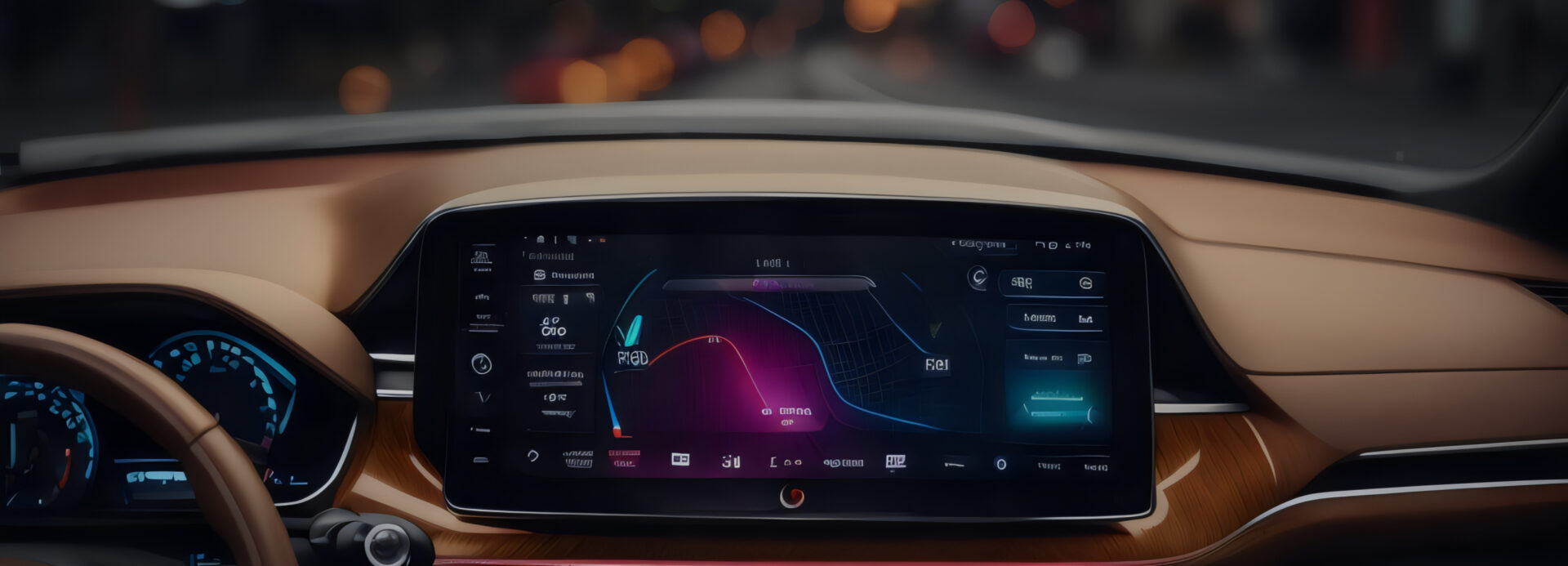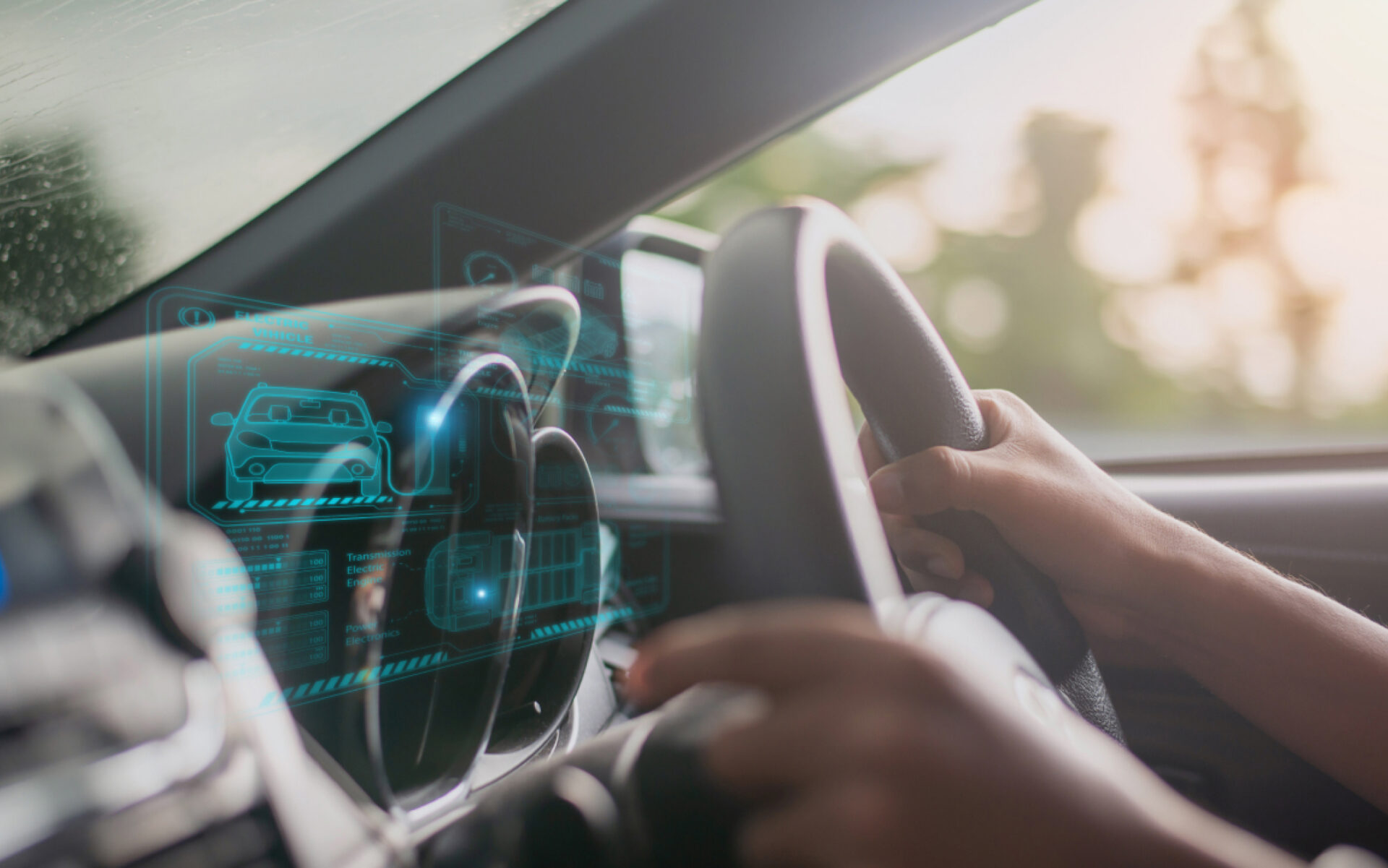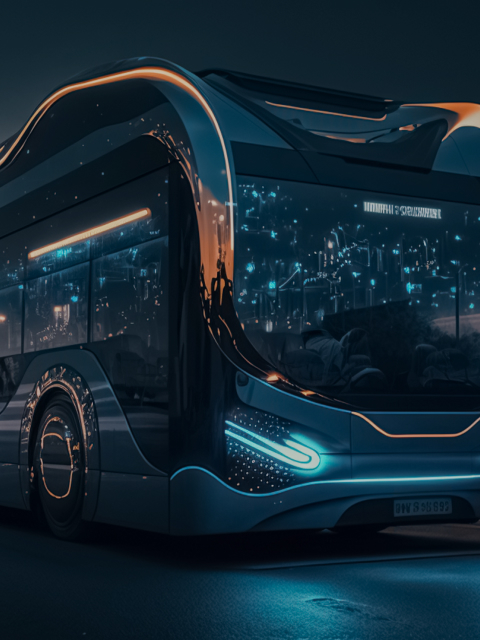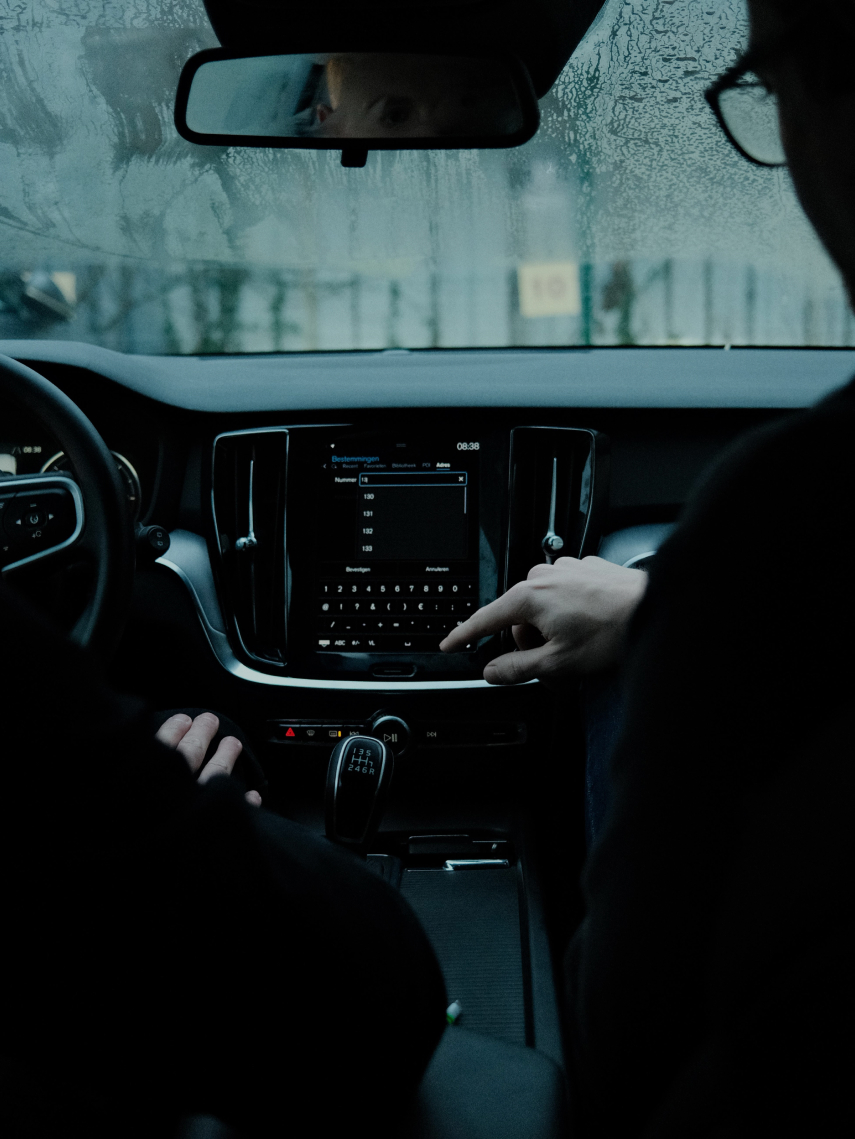Transforming the Automotive Industry with Next-Generation Embedded Software Solutions

We design embedded software solutions that boost reliability and functionality in software-defined vehicles.
Advancing Embedded Software Solutions for the automotive industry
We focus on delivering comprehensive embedded software solutions tailored for the automotive sector, emphasizing the development of innovative architectures and systems for OEMs and Tier 1 suppliers. Grape Up’s expertise encompasses streamlining vehicle systems, improving software integration, and optimizing connectivity and security.
We leverage embedded AI to enhance vehicle functionality and user experience, ensuring vehicles are smarter, more efficient, and safer. Our approach includes developing scalable digital platforms and robust operating systems while maintaining a strong commitment to security and reliability across automotive applications.

Explore Grape Up embedded software expertise landscape and read our case studies.

SDV
- Zonal architecture
- Remote configuration
- Vehicle twin
- Network and connectivity

Embedded AI
- Driver convenience
- EV range prediction
- Predictive maintenance
- Intelligent recommendations

Digital Apps
- AAOS apps
- Infotainment/Telematics
- Personalized apps
- Cloud backends

OS
- AAOS system
- Linux/QNX
- RTOS/Autosar
- Security

Connected Car Initiative: Revolutionizing Telematics through Consulting, Development, and Agile Transformation
Automotive

Building a Touchless Platform to Improve Customer Experience And Unlock New Revenue Streams
Automotive

Modern SDV Architecture for the Bus Manufacturer
Automotive

Increasing Operational Availability with a Cutting-edge Offer Management System
Automotive

Voice-Driven Car Manual
Automotive
Get the whitepaper about Android Automotive OS
Learn All Things You Need to Know About The Future Of In-Vehicle Infotainment
read more
Discover how embedded software elevates SDV’s functionality
Remote debugging for onboard applications
Remote debugging enables automotive engineers and developers to diagnose and troubleshoot software issues in real time, even when the vehicle is in operation. For instance, if a software glitch is identified in a particular onboard application, engineers can remotely connect to the vehicle’s systems and debug the application code without physically accessing the vehicle. This capability reduces the need for costly and time-consuming manual debugging procedures. It also minimizes vehicle downtime caused by software-related issues.
Streamlined journeys with intelligent route planning
Innovative Driver Convenience Applications can make your daily commute smooth and hassle-free. Integrated with real-time traffic data and your personal schedule, these systems proactively suggest the best routes and departure times. For example, if you have a morning meeting, the system not only proposes the quickest path but also warms up your car for a comfortable drive. This intelligent planning ensures punctuality and a stress-free start to your day.
Effortless control with advanced voice commands
Voice-Control Applications offer a seamless way to interact with your vehicle’s features. Imagine commanding your car to set navigation, send messages, or play music, all without lifting a finger. Picture a scenario where you’re running late; a simple voice command prepares your vehicle while you finish getting ready. This voice-enabled convenience redefines multitasking, providing a safer and more intuitive way to stay connected on the go.
Diagnostic applications for predictive maintenance
By continuously monitoring the vehicle’s operational parameters and performance data, these applications can identify potential issues before they lead to failures. For instance, a diagnostic application might analyze the battery performance data in an electric vehicle to predict its lifespan and recommend a battery service or replacement before its complete failure. This proactive approach to maintenance not only enhances vehicle reliability and safety but also improves the overall user experience by minimizing unexpected downtime and repair costs.
Smart EV range prediction for eliminating range anxiety
AI-powered technology is used to accurately forecast the vehicle’s remaining range based on various factors such as driving behavior, weather conditions, and route characteristics. By leveraging machine learning algorithms, the system continuously learns from real-time data to provide the most precise estimates possible. For example, if a driver plans a long-distance trip with multiple elevation changes, the AI system can factor in these variables to predict the vehicle’s range and, additionally, provide proactive recommendations, such as suggesting charging stops along the route to ensure uninterrupted travel.
Integration of drivers and middleware for AAOS
Our team excels in incorporating drivers for various hardware components such as sensors, displays, and communication interfaces. For instance, we can develop and integrate drivers for cameras into the AAOS platform, enabling features such as lane departure warning systems and automated parking assistance. Additionally, our expertise in middleware integration ensures efficient communication between different components within the vehicle, enhancing overall system performance and reliability.
Reach out to explore our embedded software solutions
Your frequently asked questions about SDV technology advancements
Can you explain how "vehicle digital twin" technology is applied and its benefits?

The “vehicle digital twin” concept involves creating a precise virtual model of a physical vehicle in the cloud. This model is continuously updated in real-time to reflect the vehicle’s current state, including its performance, condition, and any modifications. A practical application of this technology is in the remote diagnostics and troubleshooting of vehicles. For instance, if a vehicle experiences a malfunction, engineers can use the digital twin to simulate and analyze the problem remotely, identifying the root cause without physical access to the vehicle. This capability significantly reduces downtime and maintenance costs while also enhancing vehicle safety and reliability.
How is vehicle customization achieved through digital apps, and what benefits does this offer?

Vehicle customization through digital apps is achieved by providing users with a platform to adjust and enhance their vehicle’s features and functionalities according to their preferences. These apps allow users to personalize aspects such as driving modes, interior lighting, and infotainment settings. For instance, through an app, users can configure their vehicle to enter a “quiet mode” that minimizes notifications and calls during specific times or set up personalized ambient lighting for different passengers. This level of customization not only improves the overall user experience but also allows for a more personal connection between the vehicle and its driver, making each journey unique and tailored to the individual’s preferences.
Why Android Automotive OS is gaining traction in the industry so quickly?

Android Automotive OS is rapidly gaining popularity in the industry due to its versatility, user-friendly interface, and robust app ecosystem. Being an open-source platform, it allows for extensive customization, enabling car manufacturers to create unique user experiences. Its compatibility with a wide range of hardware and seamless integration with Android devices appeals to a tech-savvy market. Additionally, the backing of Google provides continuous updates and support, ensuring the system stays current with the latest technological advancements.
What is zonal architecture, and how does it impact automotive software development?

Zonal architecture represents a paradigm shift in automotive software development, focusing on physical locations within the vehicle rather than traditional functional domains. By organizing systems based on physical place in the car, zonal architecture reduces wiring costs and weight while simplifying both engineering and manufacturing processes. From a software perspective, this approach facilitates easier development of onboard software and enhances integration between components, ultimately leading to more efficient and streamlined automotive software solutions.
